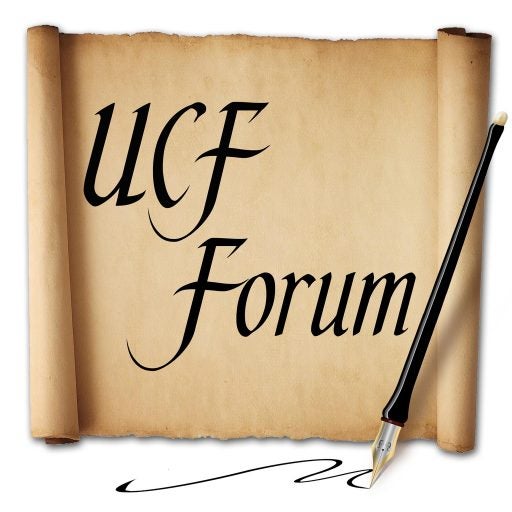The University of Central Florida is gearing up to celebrate its 50th anniversary in 2013, and much will be said and written about the transformation of the university from a small campus to one of the largest universities in the United States.
As someone who witnessed much of that transformation, I have tried to remember what UCF was like when I arrived on campus in the early ‘70s. Although memory is notoriously unreliable, I will do my best.
UCF opened its doors for classes in the fall of 1968 as Florida Technological University, a name that led many to believe that it was a technical college rather than a four-year university.
When I arrived on campus in the fall of 1972, FTU was a small, sleepy campus with something less than 8,000 students. Today it is the nation’s second-largest university with almost 60,000 students.
Located on the outer fringes of Orlando and Orange County, its existence seemed to be a well-kept secret in the city. On countless occasions when I told Orlando residents that I was a professor at the university, they indicated they had no idea there was a university in Orlando.
Having come here from Florida State University, I was amazed at the quiet that reigned over the campus, as well as the look of the students. As a commuter campus whose students mostly worked in the city, the average FTU student was well dressed, smartly groomed, and politically diffident. At times I felt that I had walked through a time warp back into my undergraduate days in the 1950s.
In class, students were eager to learn, willing to work as hard as their schedules allowed, and calm in demeanor. Whereas at Florida State I was regard as politically mainstream, at FTU I was perceived as a radical leftist.
Physically, the campus was large but most of the land was undeveloped. Tall slash pines surrounded the core cluster of buildings.
The Administration building, known at first as the “mirrored-glass building” (and today as Millican Hall), and the Library, which was about half the size of the current building, stood facing each other across the Reflecting Pond.
To the east was the Engineering building and a few dorms. Farther northeast was the small Computer Science building, Chemistry lecture hall, and Chemistry building.
To the west was Phillips Hall.
That was about it.
The History Department was in the “mirrored-glass building” along with classrooms, the college office, the administrative and business offices, and a few other department offices. I shared an office with another faculty member on the second floor of the Library, where a significant number of faculty offices were located.
The athletic facilities were mostly off campus. The Education building with the gymnasium had not yet been built.
FTU was a member of Division II in men’s athletics and a member of the AIAW in women’s athletics. The various teams in the athletic department played their games off-campus, mostly at high schools in the area. Under these conditions there was very little campus excitement over athletics. Nonetheless, FTU very quickly built a powerful program that competed successfully and won national championships.
The area around the campus could be described as “country.” There were few buildings along Alafaya Trail, which certainly resembled a trail in both directions. FTU Boulevard, today known as University Boulevard, was a two-lane road lined with orange groves and woods. State Road 436 (Semoran Boulevard) for the most part marked the eastern edge of the city of Orlando.
There was one gasoline station on the corner of Alafaya Trail and Florida Tech Boulevard, and not much else adjacent to the campus. The nearest restaurant was more than a mile away on East Colonial Drive (State Road 50).
On campus, food service was minimal. The bookstore was small and stocked mostly with just textbooks for classes.
FTU was so small and so quiet that in the middle of the controversies over the Nixon Administration, Watergate and the Vietnam War, it was evaluated as one of only two campuses in the United States that would be ideal for President Nixon to give a commencement address. And so he did in June 1973. (Check out UCF Archives for the president’s address.)
What has become one of those events of note in the early history of the university passed with almost no protest, although this faculty member was appalled and chose not to participate in this news-making event.
Much has changed since those early days and most of it has represented an improvement, but in retrospect the early 1970s’ campus did have its charms.
